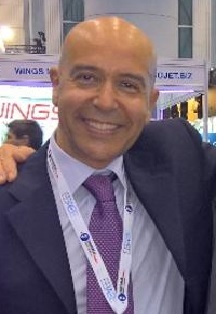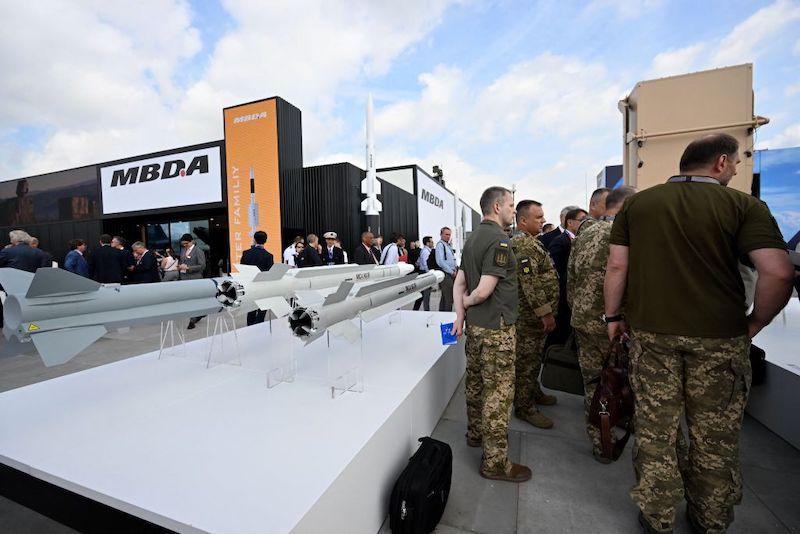See us at MRO Asia Pacific 2025
MBDA Details Aquila European Hypersonic Interceptor Concept
Details
More Products & Services
Products & Services
Aerospace | Aviation Week Network
Aviation Week Network
https://aviationweek.com/themes/custom/particle/dist/app-drupal/assets/awn-logo.svg
Home - Aviation Group Marketing
Aviation Week Network
120 data points on over 156,000 commercial and business aviation aircraft, including military transports. Discover the most trustworthy resource for the complete aircraft history, plus ad hoc reports, month-over-month trend analysis and details on expected deliveries through 2050.
People

Andrea Rossi Prudente
Aviation Week Network

Becca Balmes
Aviation Week Network

Belinda Tan
Aviation Week Network

Brian Everstine
Aviation Week Network
Editor

Eddie Krankowski
Aviation Week Network
Assistant Manager, Tradeshows

erving dockery
Aviation Week Network

Lisa Tan
Aviation Week Network
Senior Marketing Manager

Mark Thomas
Aviation Week Network
Description
LE BOURGET—There is now a two-horse race to develop a European hypersonic defense interceptor after MBDA entered the fray with its proposed Aquila interceptor.
MBDA—along with 19 partners and 30 sub-contractors from 14 European countries—will develop the Aquila concept for the European Defense Fund (EDF)-supported Hypersonic Defense Interceptor Study (HYDIS2) project.
The missile manufacturer's HYDIS2 proposal is being awarded funding of €80 million ($87.5 million) without a call for proposals in the EDF's 2023 work program. MBDA officials expect to be on contract with European defense materiel agency OCCAR by yearend. Partners on the project include MBDA in France, Germany, Italy and Spain; France's Roxel and ArianeGroup; Germany's Bayern-Chemie and OHB; Italy's Avio Aero; and the Netherlands' GKN Fokker.
HYDIS2 is set to compete with the Spanish-led HYDEF project. This is headed up by Sistemas de Misiles de España (Spanish Missile Systems)—a conglomerate of several Spanish defense companies—and includes Germany's Diehl Defense and Nordic company Nammo.
Both HYDEF and HYDIS2 are a component of the notional European Permanent Structured Cooperation (PESCO) projectTwister—short for Timely Warning and Interception with Space-based TheatER. Twister is a multi-national project aimed at developing a European hypersonic defense system.
The European Commission opted to double-source on the development of the interceptor because there was no counter-hypersonic missile capability available in Europe.
HYDIS2 is entering the concept phase with “three multi-stage interceptor architectures,” Rainer Stockhammer, MBDA's team leader for Twister, tells journalists on the second day of the Paris Air Show in Le Bourget. Two of the architectures to be studied are three-stage, one of which is air-breathing—possibly a ramjet like the Meteor air-to-air missile. The secondis a conventional rocket-powered missile with a large booster, while the third is a two-stage weapon with booster. The program will examine and select one of these options for further development at the end of the study.
Some of the elements on the project are at a technology readiness level of one and need to be matured during the work.
“We need to manage to come to a certain technology readiness level to put our nations in a position to start development in three years,” Stockhammer adds.
The reveal of HYDIS2 emerges the day after Israel's Rafael revealed details of its own two-stage hypersonic interceptor development—Sky Sonic—which is being developed under the company's own research and development funding. Rafael expects to secure contracts for development in the coming months.
The hypersonic interceptor is only part of the European effort to develop the Twister system, however. The EDF is also funding a project called Odin's Eye, supporting the initial development of an autonomous European early-warning capability supporting defense against ballistic missiles and hypersonic threats. The 24-month €7.8 million study is being led by German satellite firm OHB.
Selection of one of the two missiles is expected to follow after the studies. The second phase of developmentwould then be launched and partly funded by the EDF, potentially enabling the first prototype missiles to be ready by 2030. However, the cost of a potential hypersonic system could be in the billions, MBDA CEO Eric Beranger warned at the company's March press conference in Paris.
MBDA—along with 19 partners and 30 sub-contractors from 14 European countries—will develop the Aquila concept for the European Defense Fund (EDF)-supported Hypersonic Defense Interceptor Study (HYDIS2) project.
The missile manufacturer's HYDIS2 proposal is being awarded funding of €80 million ($87.5 million) without a call for proposals in the EDF's 2023 work program. MBDA officials expect to be on contract with European defense materiel agency OCCAR by yearend. Partners on the project include MBDA in France, Germany, Italy and Spain; France's Roxel and ArianeGroup; Germany's Bayern-Chemie and OHB; Italy's Avio Aero; and the Netherlands' GKN Fokker.
HYDIS2 is set to compete with the Spanish-led HYDEF project. This is headed up by Sistemas de Misiles de España (Spanish Missile Systems)—a conglomerate of several Spanish defense companies—and includes Germany's Diehl Defense and Nordic company Nammo.
Both HYDEF and HYDIS2 are a component of the notional European Permanent Structured Cooperation (PESCO) projectTwister—short for Timely Warning and Interception with Space-based TheatER. Twister is a multi-national project aimed at developing a European hypersonic defense system.
The European Commission opted to double-source on the development of the interceptor because there was no counter-hypersonic missile capability available in Europe.
HYDIS2 is entering the concept phase with “three multi-stage interceptor architectures,” Rainer Stockhammer, MBDA's team leader for Twister, tells journalists on the second day of the Paris Air Show in Le Bourget. Two of the architectures to be studied are three-stage, one of which is air-breathing—possibly a ramjet like the Meteor air-to-air missile. The secondis a conventional rocket-powered missile with a large booster, while the third is a two-stage weapon with booster. The program will examine and select one of these options for further development at the end of the study.
Some of the elements on the project are at a technology readiness level of one and need to be matured during the work.
“We need to manage to come to a certain technology readiness level to put our nations in a position to start development in three years,” Stockhammer adds.
The reveal of HYDIS2 emerges the day after Israel's Rafael revealed details of its own two-stage hypersonic interceptor development—Sky Sonic—which is being developed under the company's own research and development funding. Rafael expects to secure contracts for development in the coming months.
The hypersonic interceptor is only part of the European effort to develop the Twister system, however. The EDF is also funding a project called Odin's Eye, supporting the initial development of an autonomous European early-warning capability supporting defense against ballistic missiles and hypersonic threats. The 24-month €7.8 million study is being led by German satellite firm OHB.
Selection of one of the two missiles is expected to follow after the studies. The second phase of developmentwould then be launched and partly funded by the EDF, potentially enabling the first prototype missiles to be ready by 2030. However, the cost of a potential hypersonic system could be in the billions, MBDA CEO Eric Beranger warned at the company's March press conference in Paris.

Share
Recent Chats
Share via email
Future: handle WhatsApp here
Future: handle LinkedIn here
Future: handle Twitter here
SUBMENU HERE
Share via Chat
Copy Link

